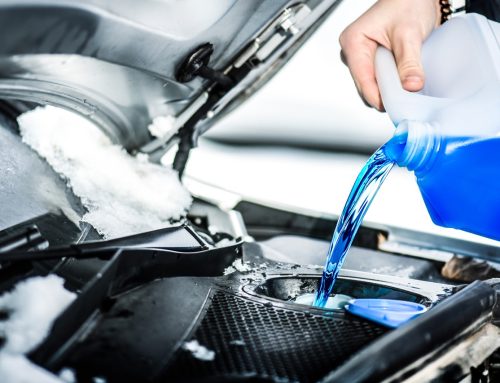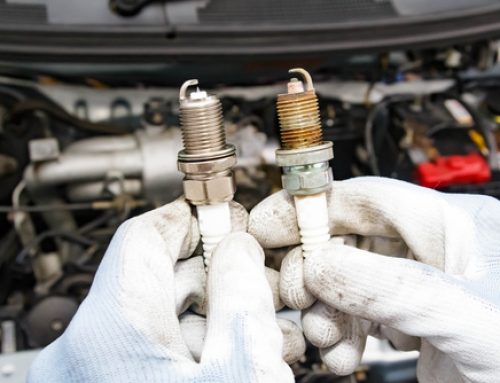Winter is coming to a close, which means that it’s just about the time to get our vehicles ready for spring and summer road trips. As the days it longer and warmer, many of us are itching to get out and explore the world around us, whether that means a cross-country trip or just a drive up one of Utah’s canyons for a weekend camping trip. One thing is for sure; our cars get us to where we need and want to go. So how can you get your car ready for the miles you’re about to put on it? Here are a few tips from the team at Master Muffler.
1. Check Your Tires!
After the winter season ends, it’s time to inspect the state of your vehicle’s tires. You’d be surprised by how many folks come into Master Muffler knowing they need their brakes changed but not realizing their tires are ready for a change too!
Springtime is an excellent time to check your tires; that being said, you should inspect them regularly throughout the year. This will help prevent tire failure and ensure a safer driving experience.
- Check the tread depth.
Place a penny in the tread grooves in several places on each tire. If any part of Lincoln’s head is visible at any location, it’s time to replace the tires.
- Check for uneven wear patterns.
Uneven wear can indicate wheel misalignment or other issues that can cause a loss of vehicle control and excessive tire wear.
- Rotate your tires according to manufacturer recommendations (often every 5,000 miles).
Rotating your tires ensures that all four tires wear evenly over their lifespan and helps extend the life of your tires.
- Inspect for damage that might be hard to see from far away.
This damage could be cuts, cracks, bulges, and punctures. You might think that if they were a big enough problem, you’d already have a flat tire on your hands! But, small cracks and will get bigger. It’s only a matter of when, and you don’t want that to be on a long road trip or upon a gravel mountain path.
2. Update or Upgrade Your Wipers
There’s nothing worse than driving in a rainstorm with wiper blades that leave streaks across your windshield. It severely diminishes visibility, but it can also lead to an accident.
- Inspect your windshield wipers for wear and tear.
After a wet and slushy winter, your vehicle’s wipers might be on their last leg. To check them, gently lift them off the windshield, then gently press down and hold the wiper arm against the glass. The wipers are in good shape if you can do this without the blade bending or contorting. But if not, it’s probably time for a new set of wiper blades.
- Consider all-weather or “winter” wipers even in the springtime.
Consider installing winter blades for cold temperatures and inclement weather, which are made of a softer compound that prevents ice and snow build-up on the blades. This means that you can head confidently into the next winter season without worrying about your wiper blades. And in the case that you experience one of Utah’s crazy springtime rains or a random snowy downfall, you’ll be prepared.
3. Time to Check the Brakes
“Stopping a car is a lot harder when there’s a layer of snow and ice between you and the road,” says Chris Woodyard of USA Today. In addition, driving in ice and snow puts a significant toll on your braking system, and now that it’s warming up, it’s time to check in on how they’re holding up.
Refer to your owner’s manual or the experts at Master Muffler to learn more about the life expectancy of your car’s brakes and rotors. Check the brake fluid levels regularly, and if you notice that you have to pump the brake pedal before it stops the vehicle, have your brakes checked right away.
- Pay close attention to your brake pedal when slowing down.
If you have to push the pedal to the floor before you feel resistance, get to one of our mechanics ASAP because you might need new brake pads or fluid. Don’t wait until the damage to your system is too extensive. Brake pads are a quicker and more inexpensive fix than changing out an entire system.
Have Fun and Be Safe on the Road
The best thing you can do to prepare your car for spring travel is to have your vehicle checked out by a professional. A trained mechanic can inspect your car and make necessary repairs before you hit the open road. They can also help you avoid costly breakdowns when you’re far from home. You should also have an emergency kit in your car at all times. This will ensure that you’re prepared to get yourself, your passengers, and any pets to a safe location if something goes wrong. So take it from someone who knows—get ready now, stay safe on the road, and enjoy all the beauty our incredible state offers!







